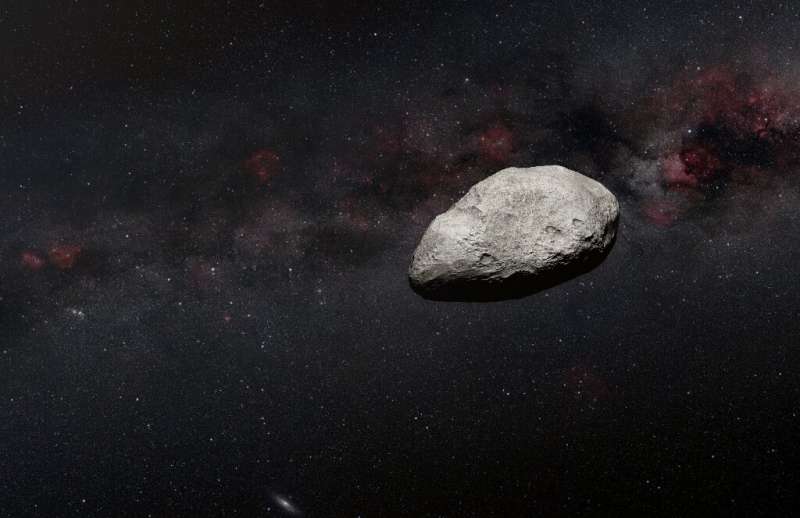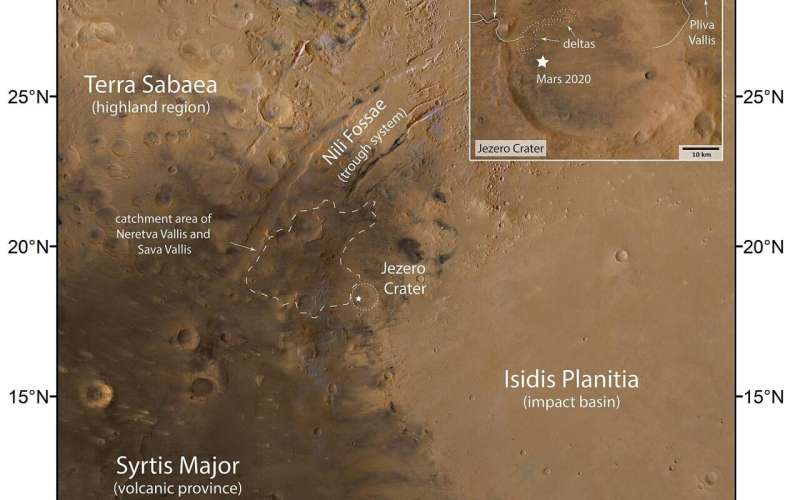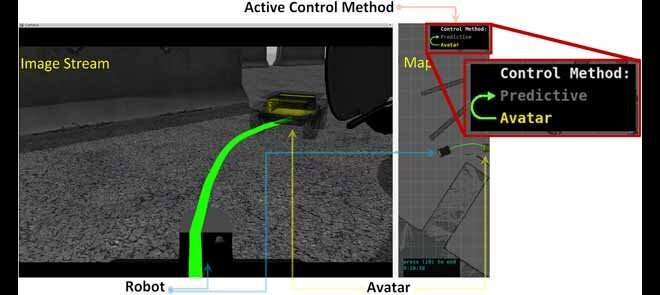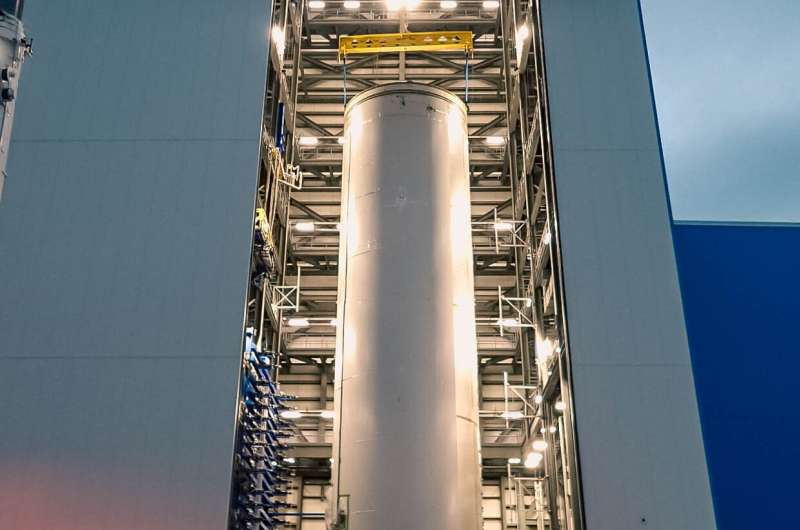
Copernical Team
NASA prepares for historic asteroid sample delivery on Sept 24
 NASA's OSIRIS-REx spacecraft is cruising back to Earth with a sample it collected from the rocky surface of asteroid Bennu. When its sample capsule parachutes down into the Utah desert on Sept. 24, OSIRIS-REx will become the United States' first-ever mission to return an asteroid sample to Earth.
After seven years in space, including a nail-biting touchdown on Bennu to gather dust and rock
NASA's OSIRIS-REx spacecraft is cruising back to Earth with a sample it collected from the rocky surface of asteroid Bennu. When its sample capsule parachutes down into the Utah desert on Sept. 24, OSIRIS-REx will become the United States' first-ever mission to return an asteroid sample to Earth.
After seven years in space, including a nail-biting touchdown on Bennu to gather dust and rock Rocket Lab launches 35th Electron 7 days after previous launch
 Rocket Lab USA, Inc. (Nasdaq: RKLB) has launched its 35th Electron rocket, deploying two multi-spectral Gen-2 satellites to low Earth orbit for BlackSky (NYSE: BKSY) through launch services provider Spaceflight, Inc. The mission took place just seven days following the Company's previous Electron mission from Launch Complex 2 in Virginia, setting a new company record for fastest turnaround betwe
Rocket Lab USA, Inc. (Nasdaq: RKLB) has launched its 35th Electron rocket, deploying two multi-spectral Gen-2 satellites to low Earth orbit for BlackSky (NYSE: BKSY) through launch services provider Spaceflight, Inc. The mission took place just seven days following the Company's previous Electron mission from Launch Complex 2 in Virginia, setting a new company record for fastest turnaround betwe Large asteroid to zoom between Earth and Moon

A large asteroid will safely zoom between Earth and the Moon on Saturday, a once-in-a-decade event that will be used as a training exercise for planetary defense efforts, according to the European Space Agency.
The asteroid, named 2023 DZ2, is estimated to be 40 to 70 meters (130 to 230 feet) wide, roughly the size of the Parthenon, and big enough to wipe out a large city if it hit our planet.
At 19:49 GMT on Saturday it will come within a third of the distance from the Earth to the Moon, said Richard Moissl, the head of the ESA's planetary defense office.
Though that is "very close", there is nothing to worry about, he told AFP.
Fly around Jezero Crater on Mars in this new video

There's a reason Jezero Crater was chosen as the landing site for the Perseverance Rover: it is considered one of the likeliest places to find any evidence if Mars was ever habitable for long periods of time. In this great new flyby video from ESA, you can get a birds-eye look at Perseverance's home.
Created from data ESA's Mars Express and NASA's Mars Reconnaissance Orbiter, the video takes you on an aerial tour of the crater. From this perspective, you can see the water features in this ancient impact crater and understand why this was considered one of the best places to explore Mars.
Perseverance landed in Jezero crater in February 2021. The diverse rocks and mineralogy found in and around Jezero crater tell the story of Mars' complex geological history, which Perseverance is working to study and reveal. The roughly 45-km-wide crater is found on the border between the ancient region of Terra Sabaea—which contains rocks of up to 4.1 billion years old—and the younger Isidis Planitia basin, which formed via asteroid impact.
NASA prepares for historic asteroid sample delivery on Sept. 24

Improving remote operation of planetary ground robots during upcoming Mars analog mission

The Institute for Systems and Robotics and the Interactive Technologies Institute, both represented by the Laboratory of Robotics and Engineering Systems (LARSyS), are proud to announce their participation in the upcoming AMADEE-24 mission to Mars. The mission, organized by the Austrian Space Forum (OeWF), aims to advance the development of space exploration through international collaboration and scientific research.
As one of the scientific partners of the OeWF, LARSyS has been contributing to the analog missions to Mars since 2019.
Bezos' rocket company pins crash on overheated engine nozzle

An overheated rocket engine nozzle caused last year's Blue Origin launch failure that has grounded flights for six months, the company said Friday.
Jeff Bezos' rocket company Blue Origin said it expects to resume its quick trips to space from West Texas sometime later this year.
The New Shepard rocket was carrying experiments but no passengers when its engine nozzle broke apart due to excessive temperatures last September.
As the rocket started veering off course a minute into flight, the escape system kicked in and the capsule catapulted off and parachuted to safety.
But the rocket came crashing down, with the wreckage confined to the designated keep-out zone.
No one was hurt and no property on the ground was damaged. All of the critical flight hardware was recovered within days.
The investigation found that a design change led to the problem, which is being fixed, according to Blue Origin. The next flight will carry the experiments that were on the failed launch.
It was the first launch accident for the Kent, Washington-based Blue Origin, founded in 2000 by Bezos, who also started Amazon.
3 astronauts delayed on space station to return in September

Three astronauts who were supposed to leave the International Space Station this month will be brought back to Earth in late September, doubling their time aboard the orbiting laboratory to more than a year, Russia's space agency announced Friday.
The return of Russians Sergey Prokopyev and Dmitri Petelin, and NASA's Frank Rubio was delayed after the Soyuz capsule they planned to ride in developed a coolant leak while docked to the space station.
An empty Soyuz was sent to the station in late February to serve as a rescue capsule. The three-person replacement crew that was originally scheduled to be aboard that capsule is now set to head for the space station on Sept. 15, the Roscosmos space agency said.
Prokopyev, Petelin and Rubio are to return on Sept. 27; they launched into space on Sept. 21, 2022.
© 2023 The Associated Press. All rights reserved. This material may not be published, broadcast, rewritten or redistributed without permission.
Blue Origin hopes to resume space flights 'soon' after 2022 accident

Jeff Bezos' space company Blue Origin said Friday it hopes to resume rocket flights "soon" following the conclusion of an investigation into a crash last year—but it must wait for US regulators to accept the findings.
The company's New Shepard suborbital rockets, which are intended for space tourism among other purposes, have been grounded following the September 2022 accident that occurred shortly after liftoff from Texas.
The incident marked a setback for the Amazon founder's company, though observers were encouraged by the fact that had people been aboard, they would have likely survived.
Russians, American delayed in space to return in September

Two cosmonauts and an astronaut who were supposed to leave the International Space Station this month will be brought back to Earth in late September, doubling their time aboard the orbiting laboratory to more than a year, Russia's space agency announced Friday.
The return of Russians Sergey Prokopyev and Dmitri Petelin, and NASA's Frank Rubio was delayed after the Soyuz capsule they planned to ride in developed a coolant leak while docked to the space station.
An empty Soyuz was sent to the station in late February to serve as a rescue capsule. The three-person replacement crew that was originally scheduled to be aboard that capsule is now set to head for the space station on Sept. 15, the Roscosmos space agency said.
Prokopyev, Petelin and Rubio are to return on Sept. 27; they launched into space on Sept. 21, 2022.
© 2023 The Associated Press. All rights reserved. This material may not be published, broadcast, rewritten or redistributed without permission.

